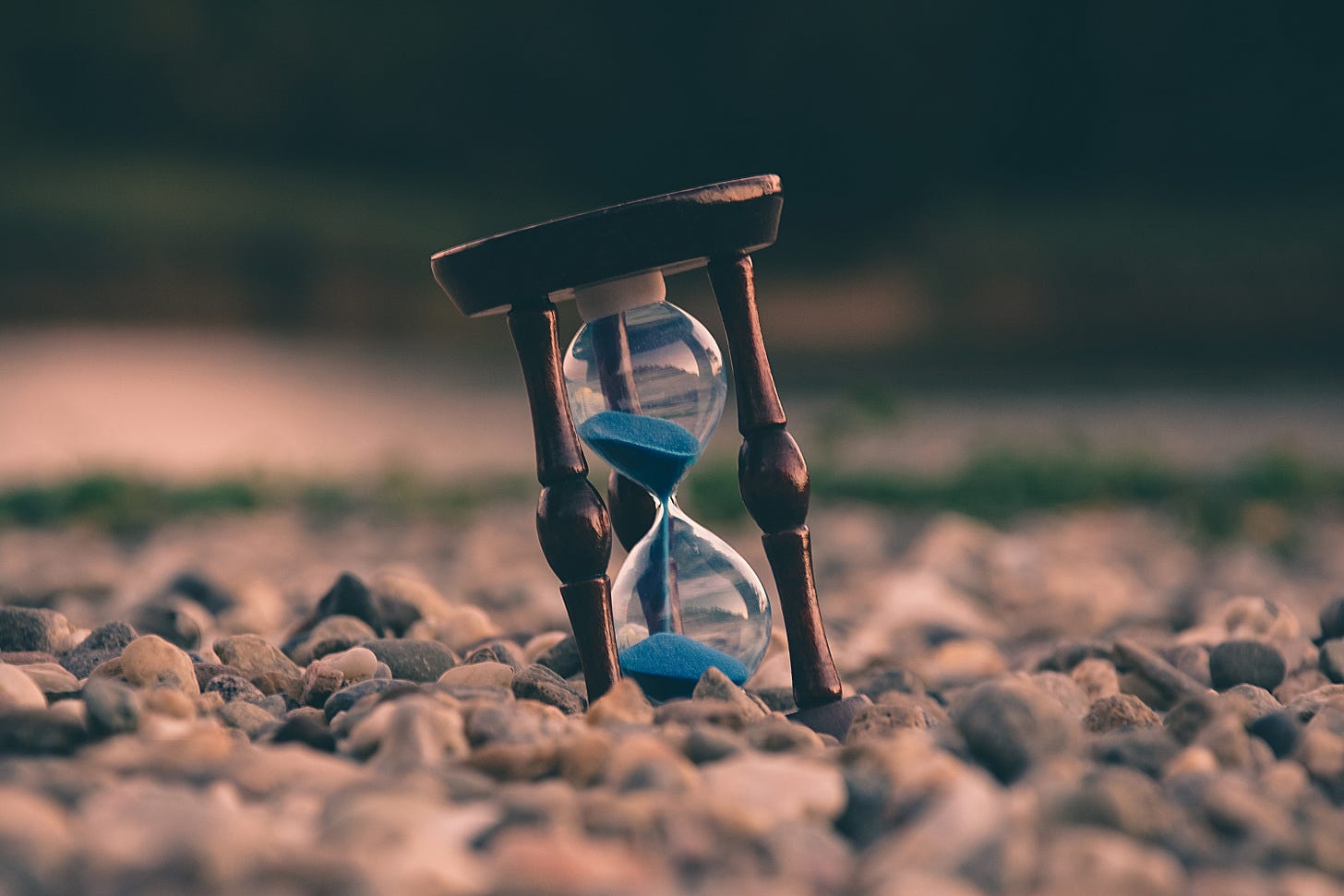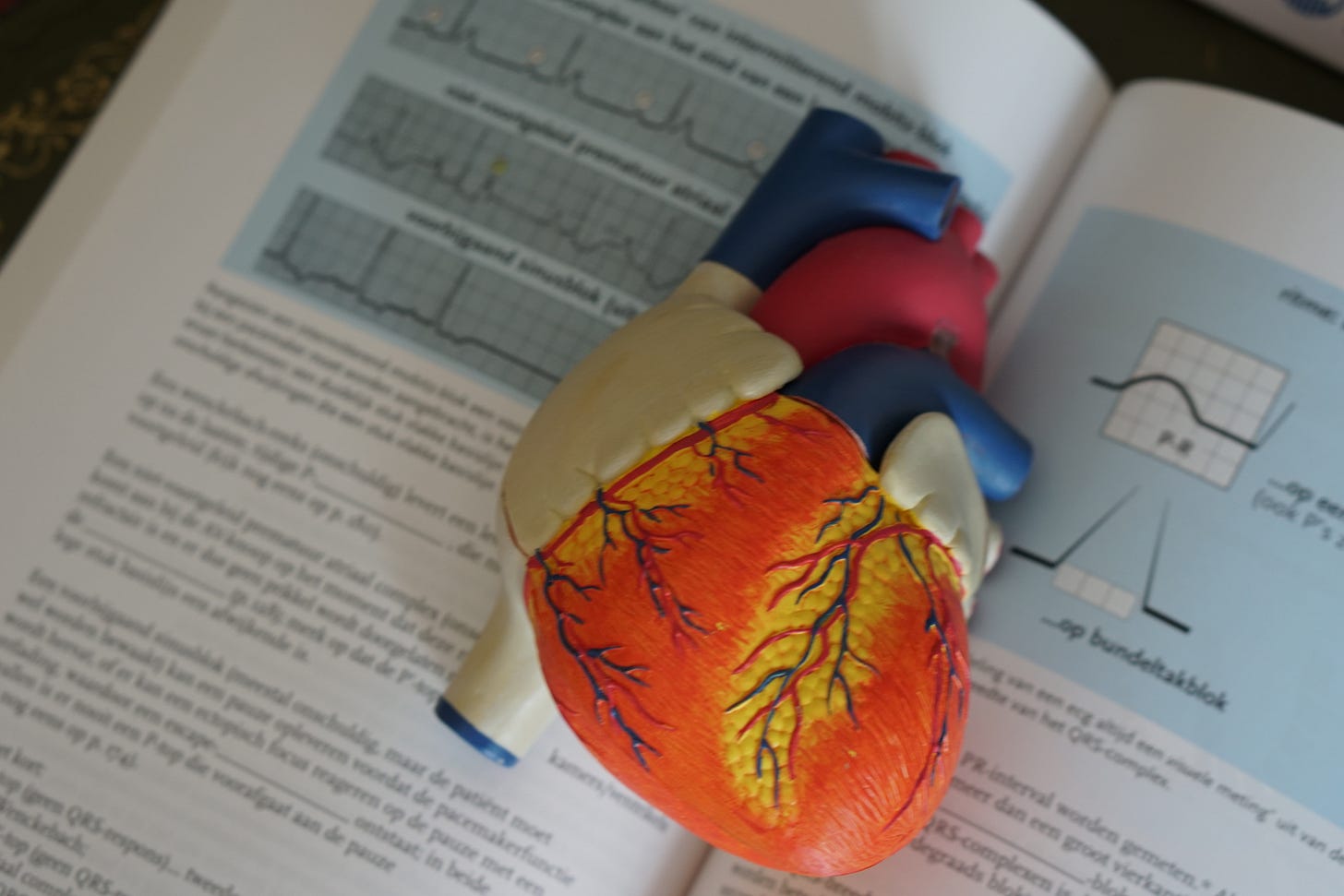17 Little-Known Health Tips for Over 40 – Part 1
How to make sure you live long enough to dance at your daughter’s wedding, and your daughter’s daughter’s wedding, and your daughter’s daughter’s daughter’s wedding. You get the idea.
Somewhere, somehow, for some reason, somebody or some group of somebodies declared that 40’s the age when it all heads south for men: endurance, vitality, mobility, athletic ability in general, muscle mass, and, perhaps most disturbingly, the thing that normally points south but which you’d like to point northwards more often and for longer periods of time with an unblemished performance record.
If you’ve reached that supposedly grim milestone, it’s only a matter of time when you’ll be standing on a bus, trolley, or subway train and some young woman or man with terrific conformations will look at you, take pity on you, and offer you their seat, you poor, decrepit bastard, after which you’ll be so depressed that you’ll take to the drink and sit around all evening in pee-stained underwear, waiting for the sweet release of death.
Well, I’m here to confirm what you already suspect, that the idea of 40 being some sort of Logan’s Run milestone is entirely arbitrary. It’s probably because society loves round numbers and in truth, most men start to look a little baggy and rundown around that age.
But you might be different. The true demarcation line separating you from youth and cootdom might be as advanced as 41 or 42, depending on just how much abuse you’ve heaped on your bad self.
There, I’ve just given you 2 or more years of youth. You’re welcome.
Okay, I’m kidding. A little. But regardless of when things truly start to turn south for you, there are a series of things I suggest men over the age of 40 adopt now so you can remain the studly, horse-testicled man you are today. (Oh, and 95% of this stuff applies to women, too – not that they want to be horse-testicled or anything, but you get the idea.)
Here they are, in no particular order:
1. Drink a Glass of Water Before You Get Out of Bed in the Morning -- Most heart attacks occur in the morning. If you want to get really specific about it, most heart attacks occur on Monday morning.
Part of it has to do with stress, both mental and physiological, which is where Monday comes in. The first day of the week is also the first day of the work week, and a lot of men and women dread all the shit they're going to have to eat for the next five days until they're back in the sweet embrace of the weekend.
But there are physiological factors at play, some of which we don't understand and some of which we do.
Chief among the things we do understand is the role dehydration plays in blood clots, stroke, and heart attacks. Most of us don't drink water during the night because a) we're sleeping, for crissake, and b) we don't want to drink much water because we don't want to have to stagger to the bathroom to pee.
This lack of water turns the blood viscous, like molasses on a cold winter morning, and the heart has to work extra hard to pump that sludge through our veins. To make things worse, the first thing most people reach for in the morning is a cup of coffee or orange juice, and that only increases dehydration and the risk of morning cardiac infarction.
Caffeine is of course a mild diuretic, while orange juice (as well as other juices or soft drinks) is osmotic and causes fluid to move from the vascular system into the intestines. Either one can leave the heart high and dry.
So, to help protect yourself against "morning heart attack," cardiologist Joel K. Kahn recommends keeping a glass of water at your bedside and drinking it before you get out of bed.
The water increases the liquid volume of the blood, thus reducing the risk of blood clots and heart attack. Don't let sludge happen.
2. Chip Away the Calcium in Your Blood Vessels -- If you were to ask your average doc about vitamin K, they’re likely be able to recall something from their pre-med days and tell you it’s a vitamin that’s instrumental in blood clotting. If you pressed them further, however, and queried them about the differences about vitamins K1 and K2, they’d likely get a stupefied look on their face and change the subject to that suspicious looking spot on your backside.
What they likely don’t know is that vitamin K isn’t a single compound but a family of compounds with the common chemical structure of 2-methyl-1,4-napthoquinone.
These compounds include phylloquinone, commonly known as vitamin K1, and a series of menaquinones, which are commonly grouped together as vitamin K2. (The most important of these K2 family members are called MK-4 and MK-7.)
Vitamin K1 is found primarily in green leafy vegetables and plant oils, while K2 is predominantly of bacterial origin and found in small amounts in various animal meats and fermented foods.
Most importantly, K2 has a superpower that makes it an essential component of your heart-health toolbox, and it has to do with its effects on calcium. The mineral, in addition to helping maintain heart rhythms and being the main component of your bones, has a treacherous side – it tends to accumulate on the insides of the arteries and around heart valves.
In other words, “misdirected” calcium ends up accruing on the inside of blood vessels so they look like the inside of a White Castle burger joint, eventually impeding blood flow. Vitamin K2, however, regulates calcium homeostasis through the activation of the “anti-calcific” protein named matrix Gla protein.
Oh, and here’s a stunner: Using statins tends to inhibit the absorption of vitamin K2, so that while the statins might reduce your cholesterol, it’s possible they’re also causing more calcium to accrue in your arteries and heart, and hardly anybody knows about it. Go figure.
I recommend taking 600 combined mcg. (500 of MK-4 and 100 of MK-7) once a day, taken with your fattiest meal (the vitamin is fat soluble, so it needs fat to be absorbed).
Keep reading with a 7-day free trial
Subscribe to TC Luoma to keep reading this post and get 7 days of free access to the full post archives.







